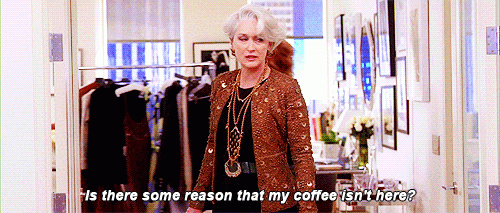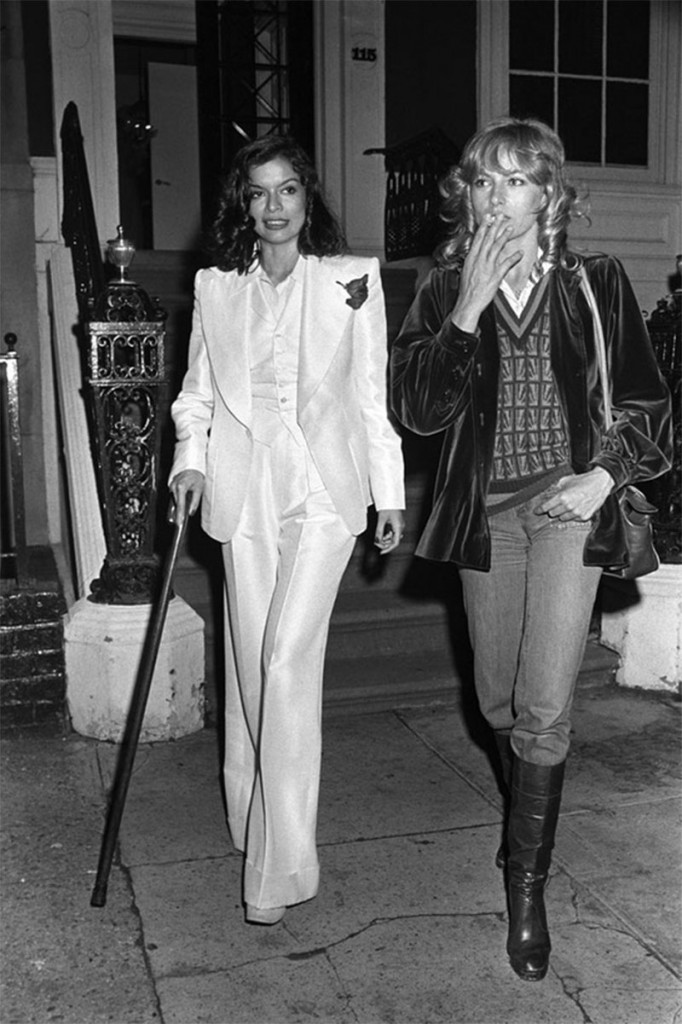The elevated runway, the unattainably handsome models, the insane price tags – fashion has perhaps always been out of the reach of the masses. High fashion, at least. Runway fashion is understandably a lofty thing, because like classical composers and painters, only a select few are gifted enough to produce such art.
Yet the fashion industry is bankrolled not by the elite few wealthy enough to procure a piece of couture. Truth be told, it is the millions of people who shop their ready-to-wear collections. It would be logical to say, then, that for the fashion industry to survive, its primary target audience should be the masses.
WHY SO ELITIST?
Who are we kidding, though? Have you walked into a Gucci or Prada boutique in Paris, Milan, or even Singapore recently? Especially if you’re Asian (in particular, of Chinese origin), and not dressed impeccably (and who does that when going shopping?) – the reaction of the staff is usually a variation of generic disdain. And those are just the staff. Some don’t even work there full-time! Wait till you meet a fashion magazine editor. That will really do it. Remember Miranda Priestly from The Devil Wears Prada? People like her actually exist.
What is it that makes the fashion industry so elitist anyway? Shouldn’t public opinion determine what is “fashionable”? Consequently, shouldn’t the masses have the final say? Why then are the masses constantly rebuffed by the fashion elite? Perhaps it’s the same thing as in movies: critics can pan a film, but box office earnings tell a different story (see American Sniper, for example).
Miranda Priestly played by Meryl Streep. Source: The Devil Wears Prada.
FASHION IS A CLOSED LOOP
Years and years of providing exclusive (read: very expensive) outfits to the social elite has given the industry a social cachet. Being “in the fashion industry” sounds prestigious – even if you just swipe credit cards in a boutique. Just mentioning Hedi Slimane instantly ups your cred. Everyone wants in on some easy prestige, no?
You see, the fashion industry is a tightly closed loop. It pays to be loyal. We all know how crazy fashion shows can sometimes get, and while those outside of the industry go WTF just happened?, critics and industry insiders who “know their stuff” can’t stop raving. Never mind if 99.99% of the world won’t wear the stuff even if they were invited to the Met Gala (wink wink).
Why do fashion editors and bloggers do philosophical somersaults in a bid to explain their infatuation over Craig Green? Why even try to decipher his recent work at London Collections? Well, if you want to be part of the in-crowd, say the words “edgy” and “gender-bending” and you’ll be shooed in. Maybe by praising his designs, you’ll get closer to the designer. Get some reflected glory.
Round and round, the industry puts out designs to an acquiescent audience that doesn’t wish to risk its social capital. In turn, the industry grows more and more out of touch with the everyday man. And when an outsider comes in and expresses justifiable puzzlement? Shun him and call him ignorant. He doesn’t know what he’s talking about, he swipes credit cards in Costco! You’re different, you like the fringe stuff! You’re cool. Fashion-forward! And when some design actually succeeds and becomes extremely popular amongst the masses – avoid it like the plague! It’s not cool anymore.
Bianca Jagger in Yves Saint Laurent’s iconic Le Smoking women’s pantsuit. Source: thisisglamorous.com
But let’s not give haute couture short shrift. There is a place in the industry for haute couture – designers should be treated as artists, and they should get to do amazing, if not wild and baffling, works of exploration and expression. Without such outlandishness, there wouldn’t have been Picasso, or Jackson Pollock. All that being said, what actually makes a designer great? Why are designers like Yves Saint Laurent considered visionaries? They created designs so appealing to the world – in particular, the le smoking pantsuit for women in 1966 – that things changed permanently.
FASHION IN ITS RIGHTFUL PLACE
We leave you with Miranda’s long quote about cerulean:
“But what you don’t know is that that sweater is not just blue… It’s actually cerulean. And you’re also blithely unaware of the fact that in 2002, Oscar de la Renta did a collection of cerulean gowns. And then I think it was Yves Saint Laurent… wasn’t it him who showed cerulean military jackets? … And then cerulean quickly showed up in the collections of eight different designers. And then it, uh, filtered down through the department stores and then trickled on down into some tragic Casual Corner where you, no doubt, fished it out of some clearance bin.”
Fashion has its rightful place in setting trends for the entire industry to follow – and that includes the undercard “apparel industry” that most people buy their clothes from. But let’s not deny the fact that for a designer to be considered a visionary, and for the industry to justify its snobbiness, an indelible impact first has to be made upon the masses. A revolution of the way we think about clothing – and eventually the way we actually wear clothing – has to happen first. And if the fashion industry continues to close itself off, that is never going to happen.
Perhaps that is why Normcore is so hot now, and continues to resist the urge of designers to adopt it and turn it into high fashion. It’s time fashion designers looked at the Volkswagen Beetle and the Vespa and realised that the most iconic designs aren’t always the most outrageous or controversial.
Not happening, Craig. Just, not. Source: Somethingaboutmagazine.com.
Brandstags aren’t the only people watching, buying, and wearing fashion. Making a real change involves designing for the masses too. Zara, UNIQLO, and H&M may be dirty words amongst the fashion elite, but they have each perfected the art of appealing to the masses. With that kind of demand, they’re attracting top designer brands like Marni and Lemaire to work with them, with Zara even rejecting collaboration offers.
Oh, and dear Craig Green, no one in the future is going to wear sleeves over their nipples. Mark our words.
Our editor William Tan contributed to this article. In fact, it was his idea!






